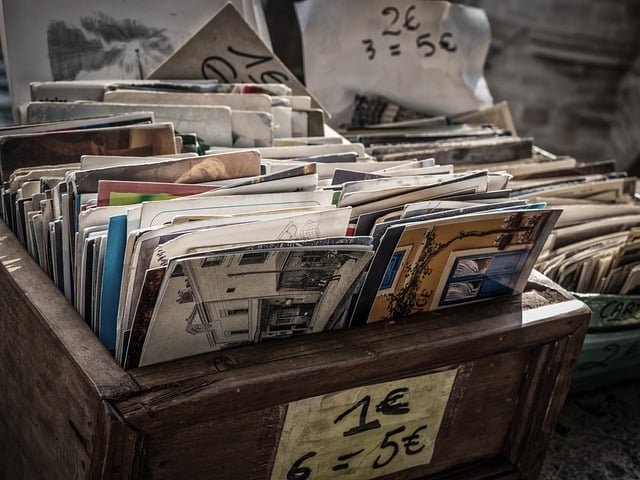Collectibles: Guide to Vintage, Antiques, Toys, and Electronics
Collecting objects combines curiosity, history, and personal taste. Collectibles range from everyday vintage pieces to formally classified antiques, from childhood toys to early electronics. Whether you collect for enjoyment, preservation, or occasional resale, understanding condition, provenance, rarity, and market demand helps you make informed choices and protect value over time.

What are collectibles?
Collectibles are items gathered and preserved for interest, nostalgia, investment, or historical value. They include mass-market items that become scarce and high-end objects recognized by museums and experts. Factors that influence collectibility include rarity, condition, documented provenance, and cultural relevance. Collector communities, price guides, and auction records help determine which items attract sustained interest. Remember that a sentimental attachment does not guarantee market value: research and documentation matter when distinguishing a hobby from an asset.
How to evaluate vintage items?
“Vintage” typically refers to items older than 20–30 years but not old enough to be antiques. Start by identifying maker marks, serial numbers, and materials to place an item in context. Condition grading—examining wear, repairs, patina, and completeness—affects value strongly. Research similar pieces in catalogues, auction archives, and collector forums to estimate demand. Provenance, labels, or original receipts increase credibility. For uncertain cases, consult specialist appraisers or local services that offer authentication and condition reports before investing significant sums.
How to assess antiques?
Antiques are often defined as items approximately 100 years or older and are assessed through age, craftsmanship, historical context, and rarity. Accurate dating requires knowledge of construction techniques, joinery, glues, stamps, or maker marks specific to an era. Restoration can preserve or diminish value depending on extent and quality; reversible, documented conservation is usually preferred. Seek written appraisals from qualified appraisers or auction houses for higher-value pieces. Also consider legal and ethical issues such as cultural heritage laws and provenance gaps — proper documentation reduces risk for buyers and sellers.
How to collect toys?
Toy collecting covers action figures, tin toys, diecast models, board games, and plush items. Condition and original packaging substantially influence value: sealed or mint-in-box items typically command premiums. Small details—manufacturer stamps, production variants, and year codes—help authenticate pieces. Storage matters: keep toys away from direct sunlight, manage humidity, and avoid adhesives or plastics that degrade. Use clear labeling and inventory systems to track editions and provenance. Explore estate sales, specialty toy shows, reputable dealers, and collector forums to learn market norms and spot counterfeit indicators.
How to collect electronics?
Collecting electronics ranges from vintage radios and early game consoles to calculators and historic computers. Assess both aesthetic condition and functionality, noting modifications, replaced components, or missing manuals. Original parts and documentation increase desirability; however, many collectors value working examples as much as untouched units. Safety is important: old capacitors, batteries, and wiring can be hazardous, so testing by experienced technicians is recommended. Proper storage reduces corrosion—keep items dry and cool. For restoration, prioritize reversible repairs and document any changes for future buyers or researchers.
Collecting thoughtfully combines research, preservation, and networking. Keep thorough records—photographs, receipts, provenance notes, and condition reports—to support authenticity and track an item’s history. Participate in collector communities and consult qualified appraisers or local services when verifying higher-value items. By balancing enjoyment with careful documentation and care, collectors can preserve cultural artifacts and make informed decisions about acquisition and stewardship.






